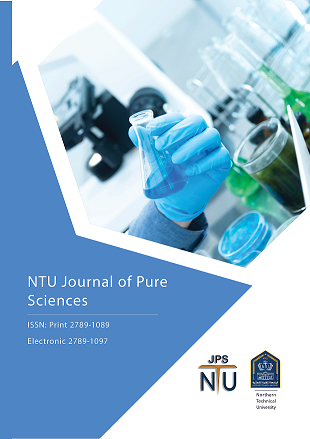The Fluorescence in situ hybridization (FISH): types and application: a review
DOI:
https://doi.org/10.56286/ntujps.v2i2.416Keywords:
Fluorescence in situ hybridization(FISH), chromosomes, cytogenic, FISH probesAbstract
The macromolecule identification method known as fluorescence in situ hybridization (FISH) is regarded as a recent development in the study of cytology. It was first created as a physical mapping method to identify genes inside chromosomes. Later, biological and medical studies benefited from the precision and adaptability of FISH. This attractive method offers a level of resolution in between chromosomal studies and DNA analysis. A hybridizing DNA probe used in FISH can either be directly or indirectly labeled. Fluorescent nucleotides are employed in direct labeling, whereas reporter molecules used in indirect labeling are afterwards recognized through affinity molecules, fluorescent antibodies, or other means. An excessively high number of chromosomes in a cell, unique gene fusions, or the loss of a chromosomal segment or an entire chromosome are examples of genetic disorders that can be detected with FISH. It is also used in a variety of scientific projects, including gene mapping and the discovery of fresh oncogenes. This article examines the FISH idea, its use, and its benefits in medical research.
Downloads
Downloads
Published
Issue
Section
License
This work is licensed under a Creative Commons Attribution 4.0 International License (CC BY 4.0), which permits unrestricted use, distribution, and reproduction in any medium, provided the original work is properly cited.





